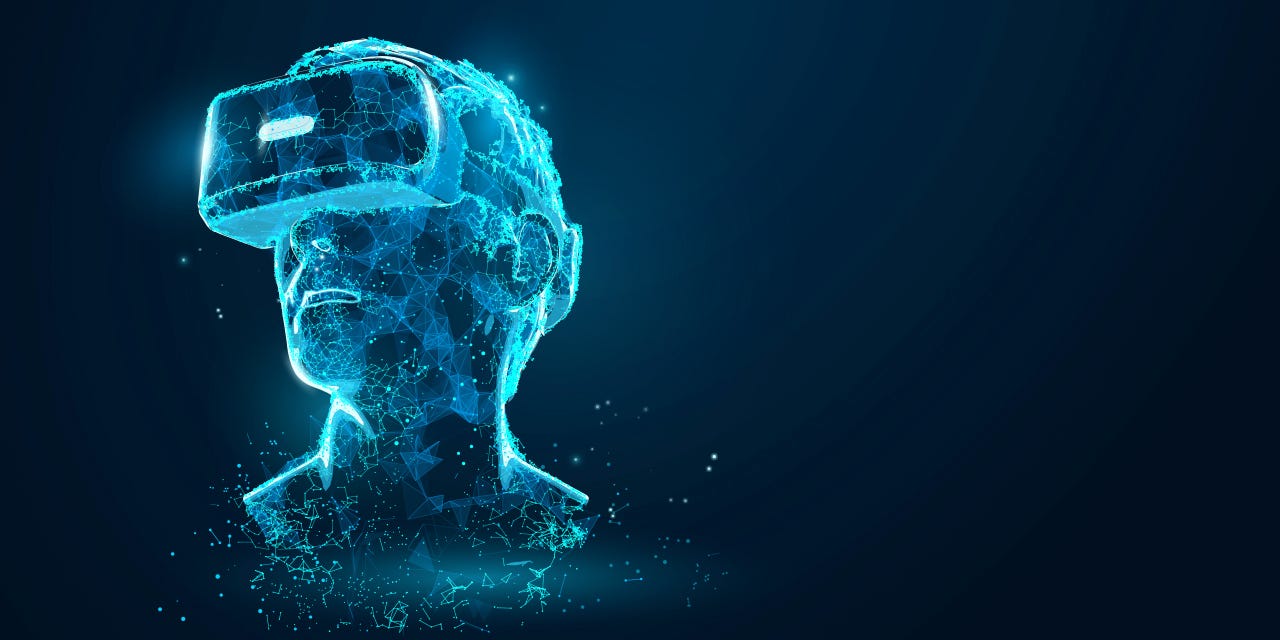Virtual Reality (VR) and Augmented Reality (AR): The Immersive Frontier of Digital Experiences
Introduction
Imagine stepping into a world where the boundaries between the physical and virtual realms blur, where you can interact with digital objects and explore fantastical landscapes. Virtual Reality (VR) and Augmented Reality (AR) are the technologies that bring these immersive experiences to life. In this blog, we will delve into the fascinating realms of VR and AR, exploring their definitions, applications, and the transformative impact they have on various industries and human interactions.
Understanding Virtual Reality (VR) and Augmented Reality (AR)
Virtual Reality (VR) refers to a computer-generated simulation of a three-dimensional environment that users can explore and interact with using specialized VR headsets. VR technology aims to immerse users in a completely synthetic world, shutting out the physical surroundings and transporting them to virtual realms that can be incredibly lifelike and interactive.
Augmented Reality (AR), on the other hand, superimposes digital content onto the real world. AR technology enhances the real-world environment by adding virtual objects, information, or visuals, often viewed through smartphones or AR glasses. Unlike VR, AR does not disconnect users from their surroundings but instead enriches their perception of reality.
The Power of Immersion
The common thread that binds VR and AR is the power of immersion. By providing users with interactive and lifelike experiences, these technologies have the potential to transform various aspects of human life.
Applications of VR and AR
1. Gaming and Entertainment: VR gaming offers players an unprecedented level of immersion, making them feel like they are part of the game world. AR enhances gaming experiences by overlaying digital elements onto the real environment, turning real spaces into gaming arenas.
2. Education: VR and AR revolutionize education, enabling students to explore historical events, dissect biological organisms, and grasp complex scientific concepts in a more engaging and memorable way.
3. Healthcare: VR plays a significant role in medical training, simulating surgical procedures and medical scenarios for aspiring healthcare professionals. AR aids surgeons during surgeries by providing real-time data and guidance.
4. Architecture and Design: VR allows architects and designers to visualize and present their projects in 3D, giving clients a more immersive experience of their future spaces. AR helps users visualize how furniture or decor would look in their real homes.
5. Tourism and Travel: VR can transport potential travelers to far-off destinations, providing virtual tours of famous landmarks and cultural sites. AR enhances navigation and provides contextual information for tourists exploring new cities.
6. Training and Simulations: VR and AR are used in various industries for training simulations, such as flight simulators for pilots and safety drills for industrial workers.
The Challenges and Future Prospects
While VR and AR hold enormous potential, they also face challenges:
Hardware Limitations: High-quality VR experiences often require expensive and sophisticated hardware, limiting accessibility.
Content Creation: Developing compelling and high-quality VR and AR content can be time-consuming and costly.
Ethical and Social Concerns: As VR and AR become more realistic, ethical considerations, such as the potential for psychological impacts and misuse, must be addressed.
Conclusion
Virtual Reality and Augmented Reality have opened the doors to a new era of immersive digital experiences. From entertainment and education to healthcare and design, these technologies are transforming industries and human interactions. As the technology continues to advance, the possibilities for VR and AR are boundless. However, with this power comes a responsibility to ensure that these technologies are used responsibly and ethically, enriching human experiences and shaping a future where the boundaries between the physical and digital worlds intertwine harmoniously. As we journey further into this immersive frontier, the transformative impact of VR and AR will undoubtedly shape the way we perceive and interact with the world around us.

Comments
Post a Comment